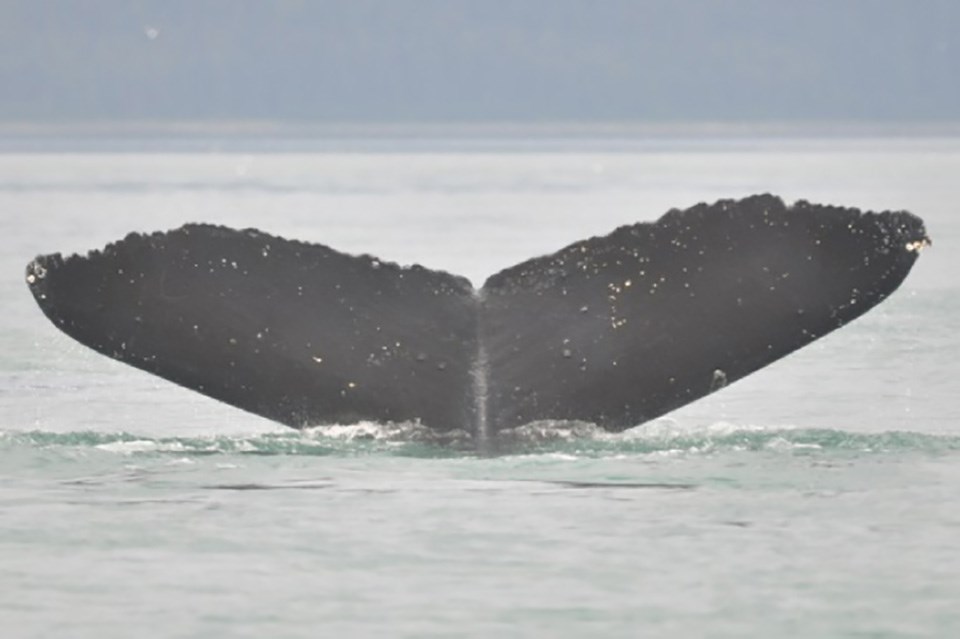Last updated: October 26, 2021
Article
What we've learned from 30 years of whale monitoring

All photos are taken under authority of the National Marine Fisheries Service scientific research permits.
Glacier Bay National Park and Preserve has one of the longest-running humpback whale monitoring programs in the world. The long period of observation has led to knowledge and insights about whale behavior and population dynamics.
Natural history, population dynamics, and habitat use of humpback whales over 30 years on an Alaska feeding ground
Abstract
The rigorous program of monitoring humpback whales (Megaptera novaeangliae), implemented by Glacier Bay National Park and Preserve in 1985, augmented by additional data collected in southeastern Alaska since 1968, constitutes one of the longest studies of living whales in the world. This monitoring program, now a National Park Service (NPS) Inventory and Monitoring Program Vital Sign, employed consistent methods for summer surveys from 1985 to 2014 to document the number of whales and gather longitudinal records on individuals in Glacier Bay and Icy Strait. Survey effort averaged 355.4 h/yr (SD = 45.8), resulting in 9485 encounters with 662 individual whales, including 276 calves. The population increased at a rate of 5.1%/yr, from 41 individuals in 1985 to 239 individuals in 2013, primarily due to long‐term site fidelity and local recruitment. We documented sighting histories of >30 yr in southeastern Alaska, for 54 whales, including one 45‐yr sighting history. Almost half of the whales first identified as calves returned in subsequent years, at a mean age of 3.2 yr (SE = 0.28, range = 1–17 yr). Over 75% of females had their first calf by age 13. The maximum female reproductive span was 32 yr, and the maximum number of calves was 11. We estimated mean effective calving rate with a simple ratio and used logistic regression to estimate calving probability. Both methods resulted in similar maximal estimates that were somewhat lower than previously published values for this species: 0.324 (95% CL: 0.28–0.36) calves·female−1·yr−1 vs. calving probability of 0.319 (95% CL: 0.29–0.35). Minimal estimates, in which the first calf of each known‐aged female was omitted, were 0.302 (95% CL: 0.27–0.34) calves·mature female−1·yr−1 vs. calving probability of 0.305 (95% CL: 0.27–0.34) calves·mature female−1·yr−1. This monitoring program has guided Park management actions and documented this once critically endangered population's trajectory toward recovery, often through collaboration with other agencies and organizations, fostering the continued protection and understanding of this distinctive species. Our findings highlight the value of marine protected areas for migratory species with strong seasonal site fidelity and the role of long‐term monitoring in interpreting population‐level responses to changing marine ecosystems.
Gabriele, C. M., J. L. Neilson, J. M. Straley, C. S. Baker, J. A. Cedarleaf, and J. F. Saracco. 2017. Natural history, population dynamics, and habitat use of humpback whales over 30 years on an Alaska feeding ground. Ecosphere 8(1): 10.1002/ecs2.1641
